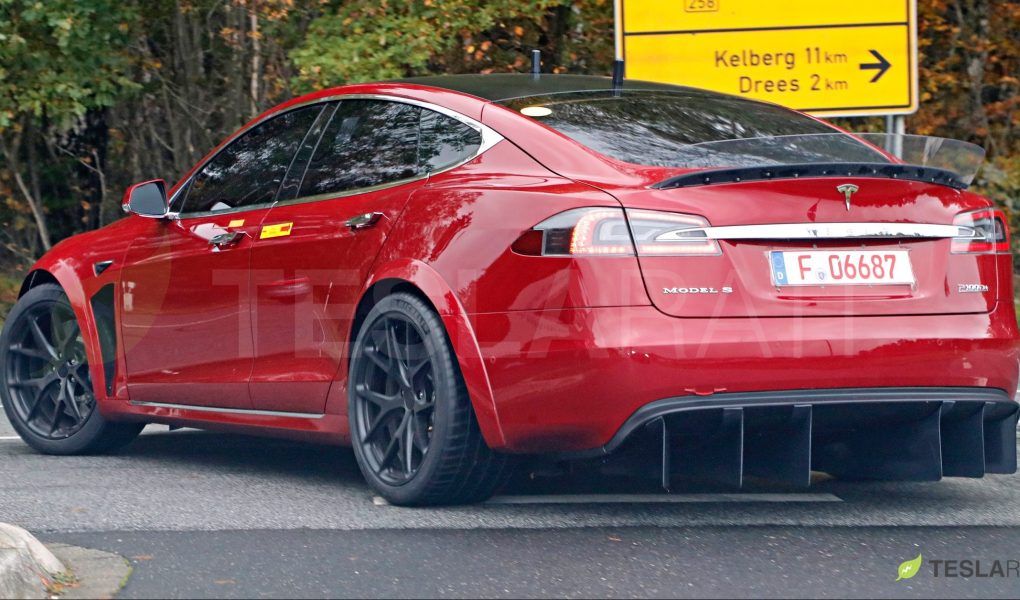Investors and Tesla fans eagerly await what CEO Elon Musk has described as “one of the most exciting days in Tesla history.”
Berdichevsky, now CEO of the battery materials company Sila Nanotechnologies, was Tesla’s seventh employee and worked on the battery design for the original Tesla Roadster. He and others believe that the innovations Tesla is likely to introduce Tuesday, the fruit of years of acquisitions and internal research, could add a long-term strategic advantage over competitors behind the pioneer.
Tesla’s struggles with the Model 3 were a setback for that thesis, but Tesla has gone ahead with rationalizing battery production under the codename Project Roadrunner, and the potential payoffs are huge.
The Roadrunner Project seems to involve many different advancements, but much attention has been paid to the contributions of Maxwell Technologies, which Tesla acquired in 2019. Maxwell developed a process called dry electrode for the production of battery cells, which replaces the wet technology based on solvent assembly processes, and it has a plethora of potential benefits.
First, the dry electrode could reduce production costs by eliminating the time-consuming and space-consuming drying step required with solvent-based electrode application methods. Some experts have speculated that the relatively small footprint of Tesla’s pilot battery cell production line in Fremont, California, may reflect that change.
One battery industry executive, however, cautions that this process might not be implemented anytime soon, describing it as next-generation technology.
It also seems likely that Tesla will announce a shift to what is known as cell-to-pack production. Currently, battery cells are first assembled into “modules,” long-arm boxes that are in turn assembled into car-sized battery packs. The nominal goal of the modules is to make it easy to replace faulty cells, but Musk stated earlier this year that Tesla no longer needs modules and that eliminating the middle step should reduce both costs and vehicle weight.
Analysts have speculated on a long list of other innovations that could be part of Battery Day. These include tabletop electrodes, which could increase charging speeds and storage capacity, and again lower costs. There has also been much speculation about a “million mile battery” capable of recharging many more times than current models without degrading. However, that technology may be more expensive than what is currently used, so how it would fit into Tesla’s overall strategy is unknown.
Tesla could also highlight the growing range of battery chemicals it uses in different products. For example, Tesla appears to be gearing up to use heavier, shorter-range lithium-iron batteries in cheaper Chinese vehicles, freeing up more expensive materials for high-performance products like the Tesla Semi.
There may be some non-battery related announcements during Battery Day. There may be details on progress at the new factories in Austin and Berlin. And Tesla could also announce long-awaited body, transmission or interior improvements to the Models S and X, which could help those high-margin vehicles make up lost ground to luxury competitors.
Tesla’s drive for battery efficiency also has a lot at stake beyond mere competition. Conventional wisdom in the electric vehicle industry says that a battery pack costing $ 100 per kilowatt-hour of storage would allow electric vehicles to sell for roughly the same price as gasoline-burning cars. Because electric vehicles already cost less fuel and maintenance than gas burners, this could trigger a broad and rapid transition to electric vehicles.
It’s not certain that Tesla will release detailed cost information on Tuesday. But if you announce that you have broken the $ 100 / kwh battery pack, using the technology you own, you would chart a clear path to long-term market dominance and could set off another big wave of speculative enthusiasm for the already frothy market stocks. . deal. agreement.
Tesla is welcoming visitors in person to its Fremont factory on Battery Day, apparently in hopes of showing off its new manufacturing process and other big reveals in person. However, much of the event will also be streamed online, starting at 1:30 p.m. PT on September 22.




